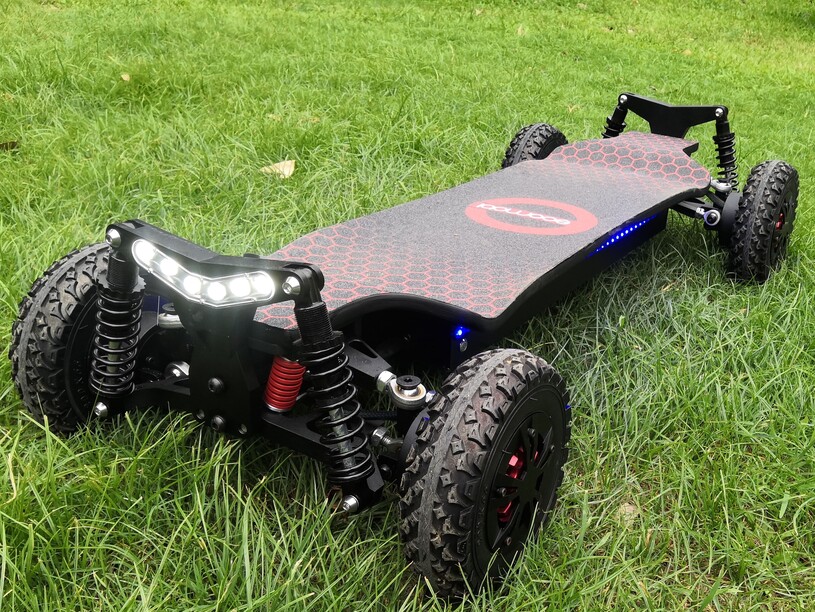Electric skateboards have gained immense popularity in recent years, offering a thrilling mode of transportation for enthusiasts of all ages. However, the technology behind these electric marvels is often overlooked. In this article, we will delve into the fascinating world of electric skateboards, breaking down the mechanics that power these futuristic devices.

The Powertrain
At the heart of every electric skateboard lies the powertrain, which consists of the motor, battery, and electronic speed controller (ESC). The motor is the powerhouse of the skateboard, generating the necessary torque to propel the rider forward. It is crucial to select a motor with the appropriate power rating and efficiency to ensure optimal performance. The battery, typically lithium-ion, serves as the energy source, providing the necessary electricity to drive the motor. The ESC acts as the intermediary between the motor and the battery, regulating the speed and ensuring a smooth acceleration and deceleration process.
The Deck and Trucks
While the powertrain forms the backbone of an electric skateboard, the deck and trucks play a pivotal role in ensuring stability and maneuverability. The deck, usually constructed from a combination of materials such as maple or bamboo, provides the necessary flexibility and strength to withstand the rigors of riding. Additionally, the trucks, which are responsible for connecting the wheels to the deck, determine the turning radius and overall responsiveness of the skateboard. It is essential to strike a balance between the flexibility of the deck and the rigidity of the trucks to achieve an optimal riding experience.
The Remote Control
One of the defining features of an electric skateboard is the inclusion of a remote control, which allows the rider to wirelessly dictate the speed and direction of the board. The remote control communicates with the ESC, enabling the rider to accelerate, brake, and even switch between riding modes with ease. Furthermore, advancements in remote control technology have introduced features such as regenerative braking, which harnesses the kinetic energy during braking to recharge the battery, enhancing the overall efficiency of the skateboard.
The Safety Features
As with any mode of transportation, safety is of paramount importance when it comes to electric skateboards. Manufacturers have integrated various safety features into their designs, including regenerative braking, LED lights for enhanced visibility, and integrated sensors for stability control. Additionally, some electric skateboards are equipped with smart connectivity features, allowing riders to monitor battery levels and performance metrics through dedicated mobile applications. These safety enhancements not only ensure a secure riding experience but also contribute to the overall appeal of electric skateboards.
In conclusion, electric skateboards encompass a sophisticated blend of technology and design, offering a thrilling and eco-friendly mode of transportation. By breaking down the mechanics behind electric skateboards, we gain a deeper appreciation for the intricate engineering that powers these modern marvels. Whether it's the powertrain, deck and trucks, remote control, or safety features, each component plays a crucial role in shaping the riding experience. As the electric skateboard industry continues to evolve, we can expect further innovations that push the boundaries of performance and functionality, cementing their status as a revolutionary mode of urban mobility.








